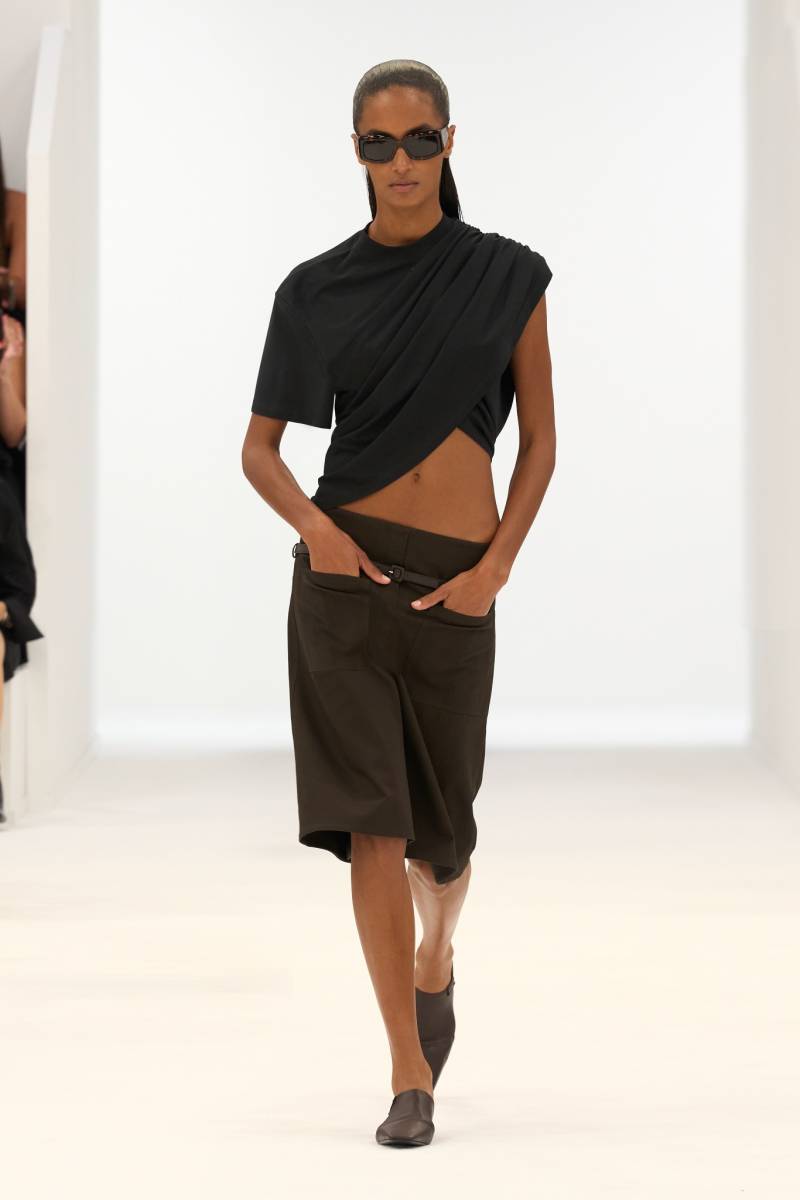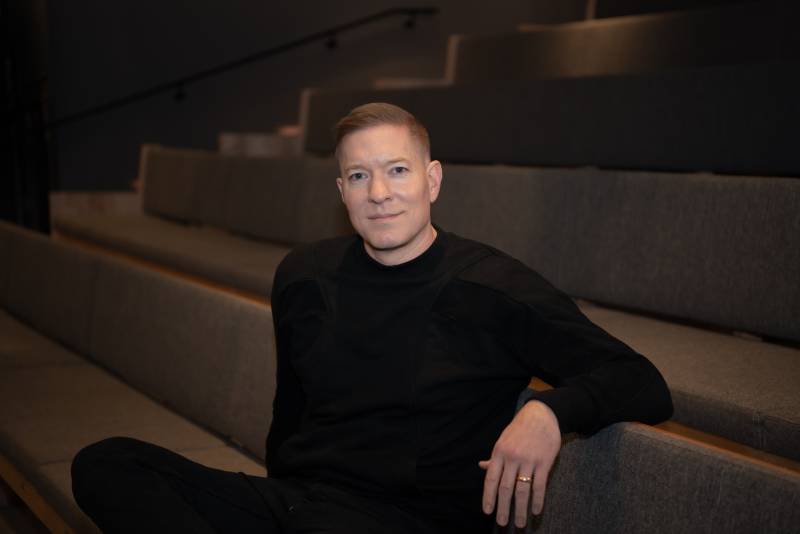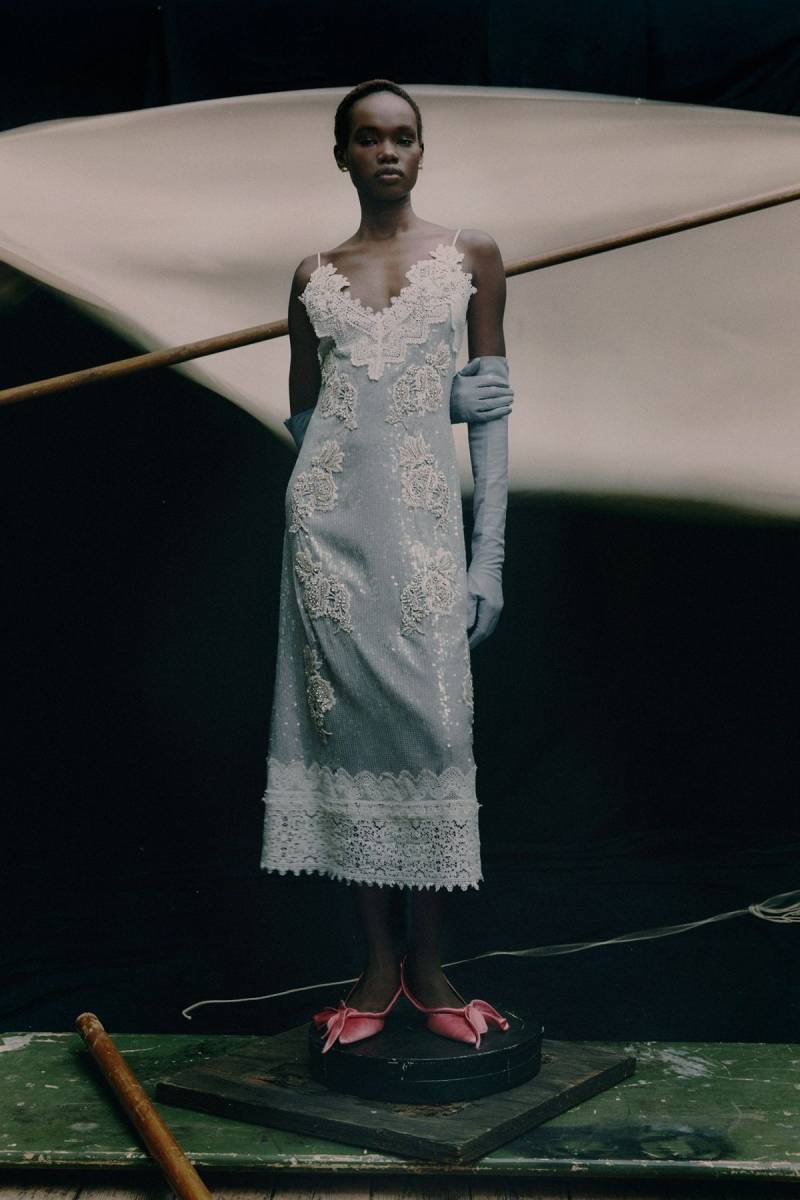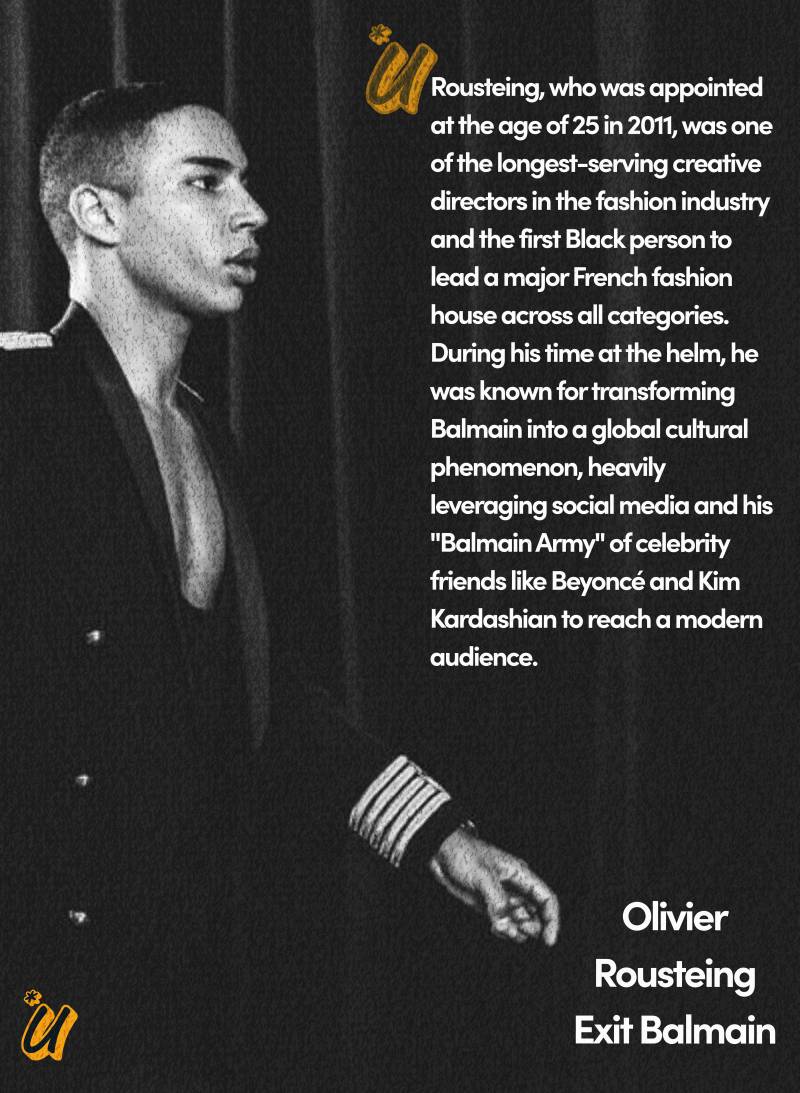Somewhere between fast fashion’s endless new arrivals and the exhausting pressure to always look fresh, a quiet rebellion is forming. It’s not loud. It’s not glossy. But it’s intentional. And it begins with a single question: What if you only had 10 clothing items to wear for 10 days? At first glance, the “10 Items, 10 Outfits” challenge sounds like a test of restraint — a minimalist fashion exercise born from necessity or social media trends. But for many, it becomes something more revealing: a mirror held up to the self. A way to confront the clutter in the closet and, more profoundly, the noise in the mind.
For Lila, a freelance creative juggling deadlines and dreams in a fast-paced city, the challenge began as a content idea. She filmed it for YouTube — just her, a white backdrop, and a modest clothing rack with carefully selected staples: a crisp white button-down, a pair of high-waisted trousers, a soft black tee, a denim jacket, an A-line skirt, two versatile shoes, a knit dress, a simple blouse, and tailored jeans. The premise was clear: 10 items, no fluff, 10 looks, one story.

Related article - Uphorial Podcast
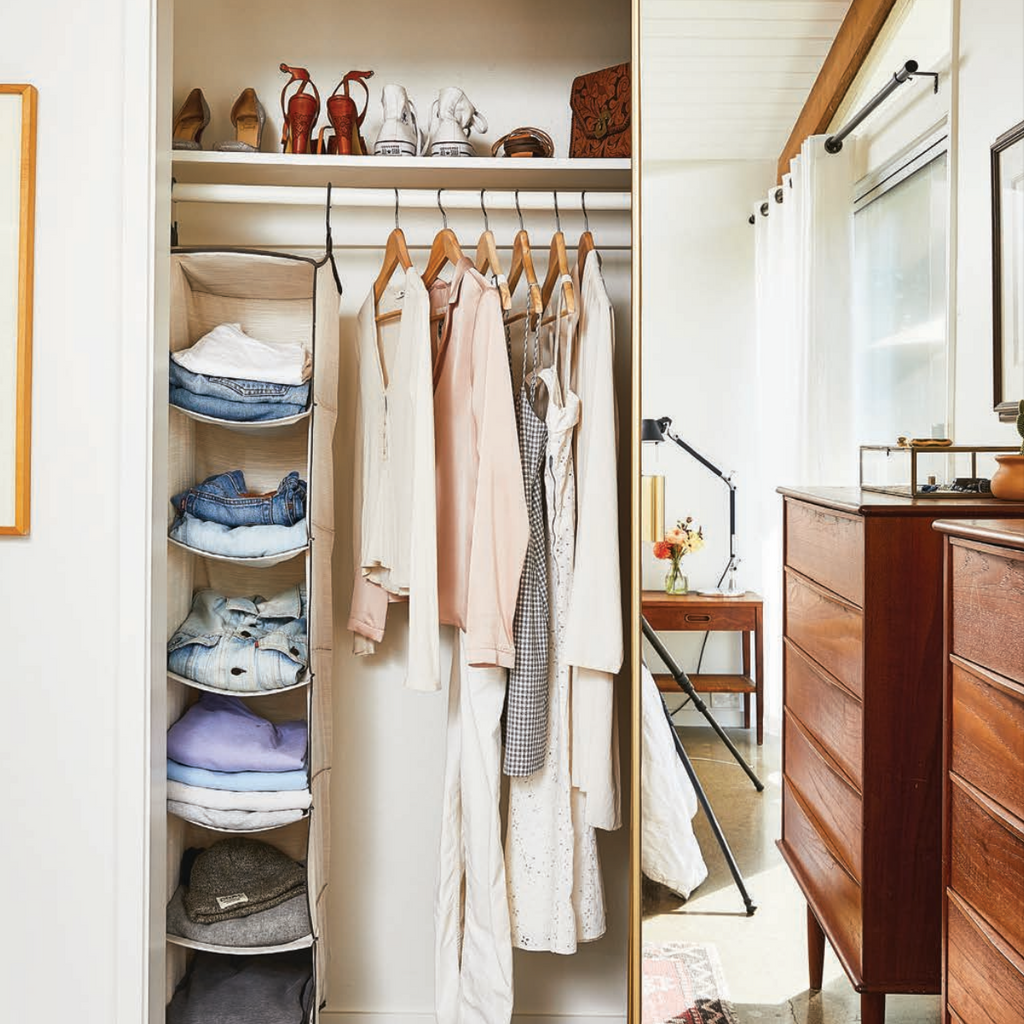
But somewhere around Day 4, the challenge took a turn. “It wasn’t just about dressing anymore,” she admitted in a voiceover. “It was about asking myself why I ever thought I needed more to begin with.” The truth is, this isn’t just a wardrobe detox. It’s a personal unraveling. Because when you remove the excess, what remains demands intention. You begin to notice how you hold yourself in your clothes. Which pieces make you feel safe? Which ones feel performative? You see the parts of your identity stitched into fabric — the version of you who bought a blazer for a job you hated, or the dress that never quite felt like yours.
Lila’s story echoes a growing shift, especially among young adults burned out by consumer culture and overstimulation. The minimal wardrobe challenge invites us to pause. It gives permission to wear an outfit more than once, to reimagine a garment instead of replacing it. In this challenge, creativity blooms not from abundance, but from limitation — a quiet nod to fashion icons like Steve Jobs or Phoebe Philo, who embraced the power of a uniform not out of boredom, but focus. It also questions the emotional cost of always chasing “new.” How much of our buying is about utility, and how much is about masking insecurity or fitting into fast-moving online narratives? Lila confesses, “Before this, I’d sometimes change three times before filming. Now, I spend less time deciding and more time being.”
The irony is that by wearing less, many participants feel more themselves. There’s dignity in simplicity — in choosing quality over quantity, in curating pieces that reflect real life instead of imaginary aesthetics. And while the challenge may end after 10 days, its aftershocks linger. Shopping habits shift. Style becomes sharper. The closet breathes again. It’s easy to dismiss minimalist challenges as content fads. But when done earnestly, they open something deeper. They allow us to step outside consumer autopilot and ask better questions: What do I need? What do I already have? Who am I dressing for?\ And perhaps that’s the point. That in a world of fast everything, slowing down — even in what we wear — becomes revolutionary. Ten items. Ten outfits. And, sometimes, a completely new perspective.
